Floating Pattern
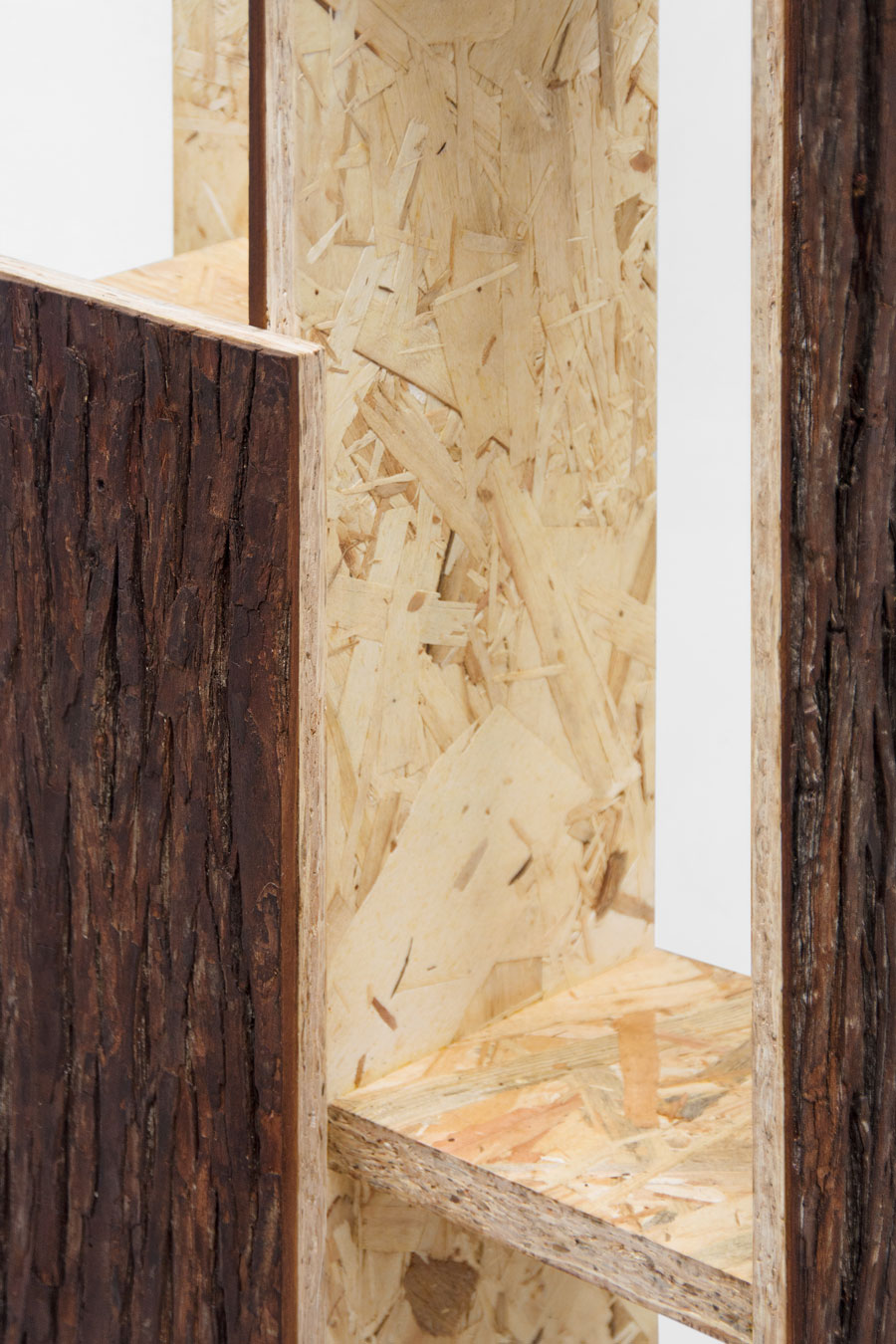
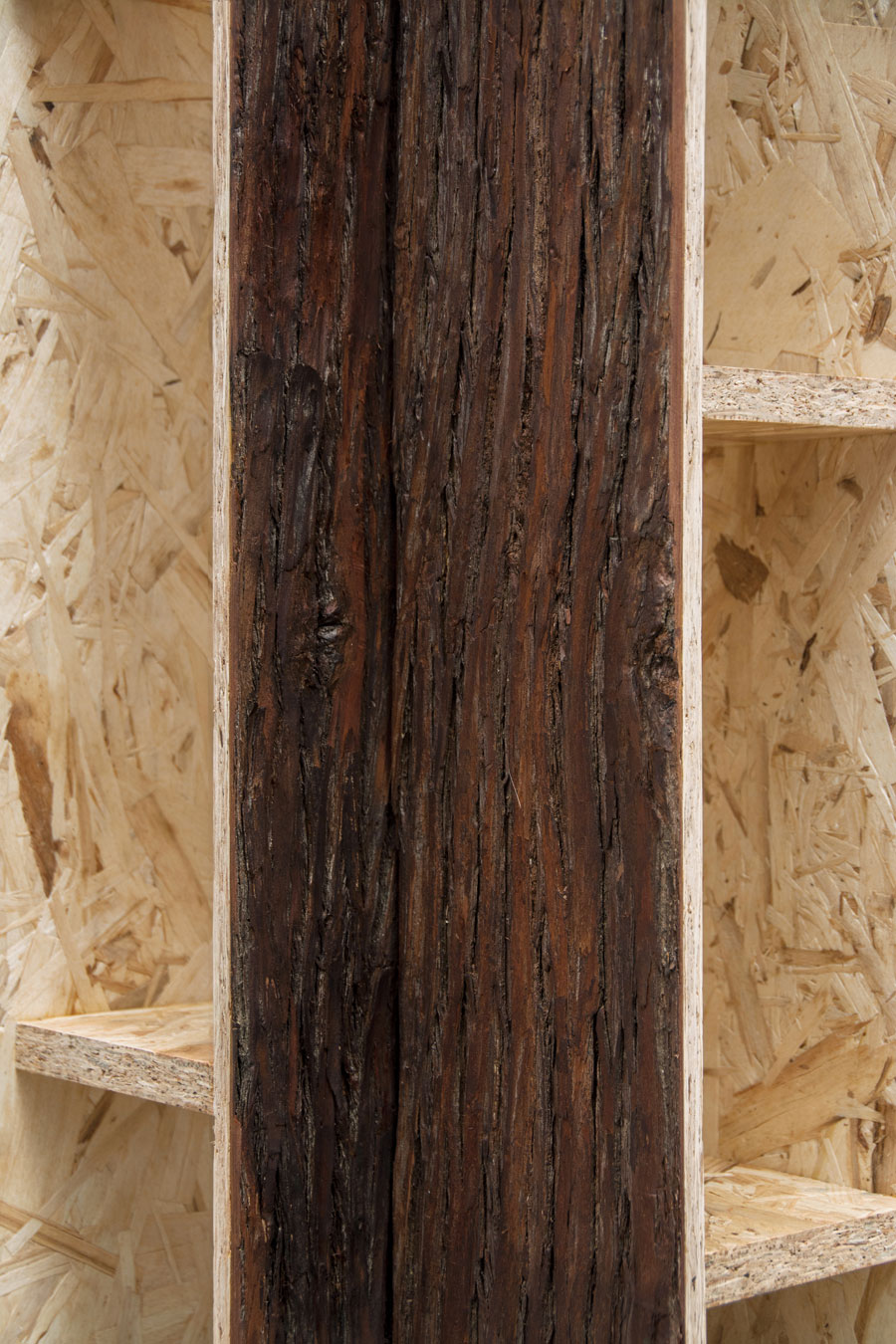
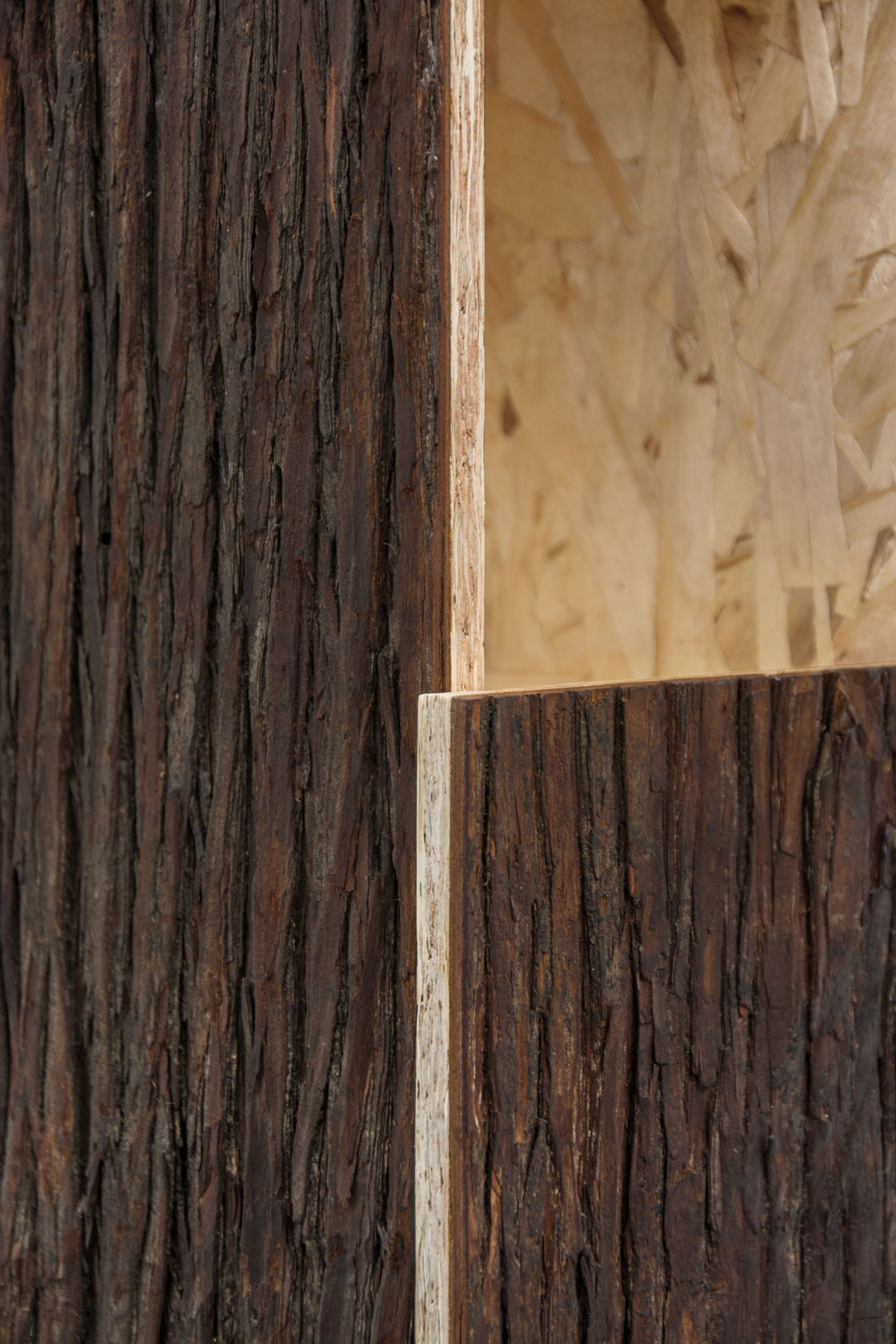
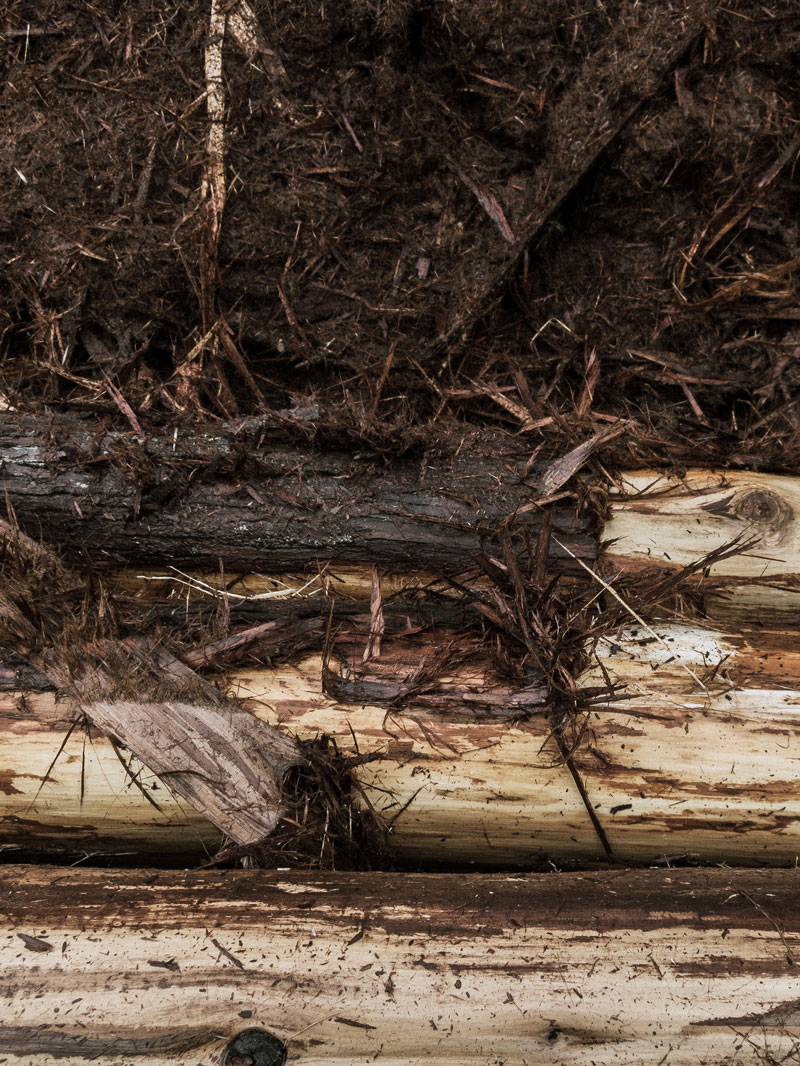

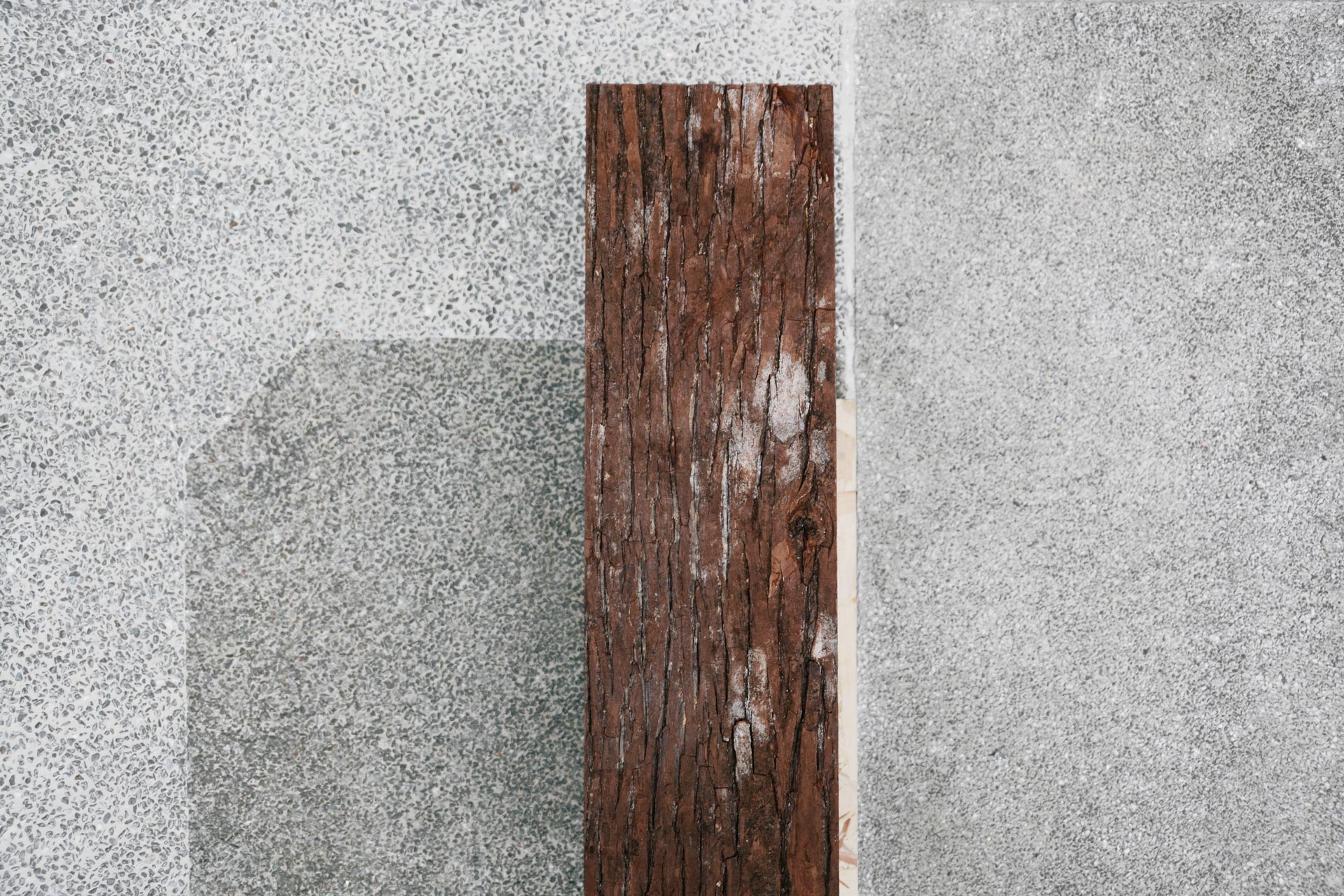
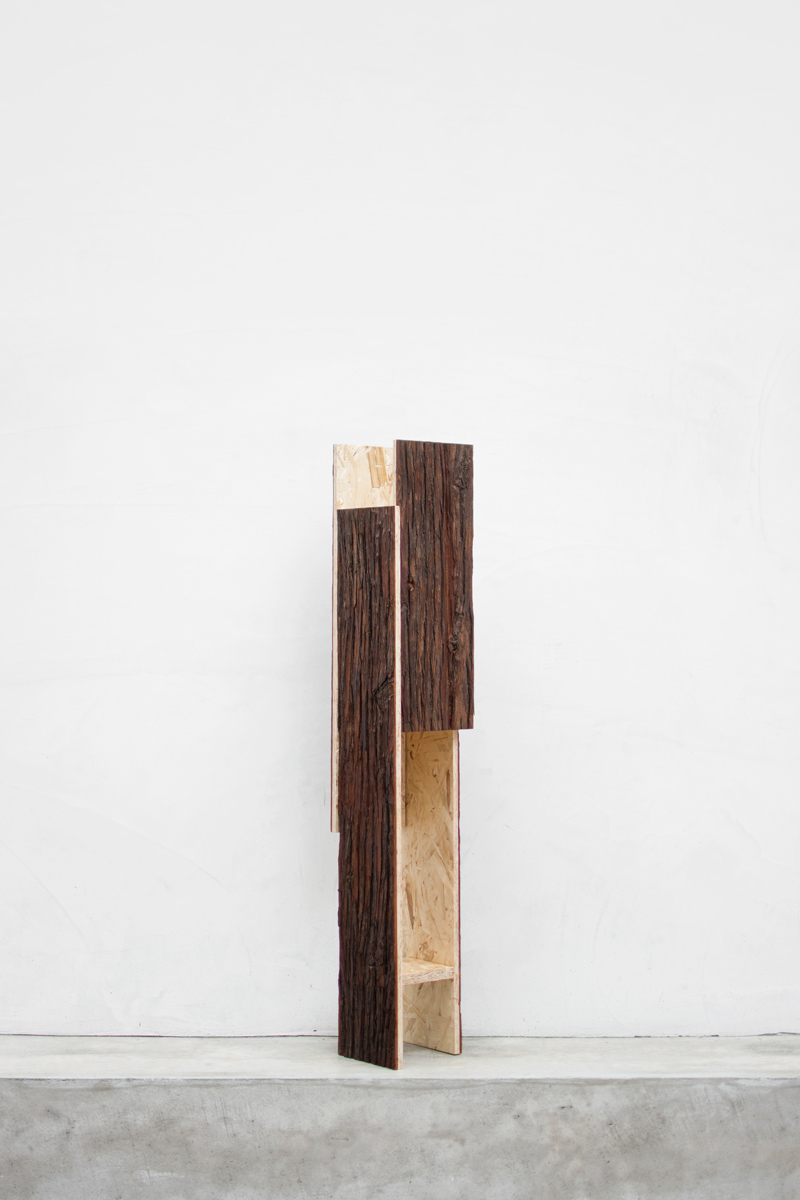
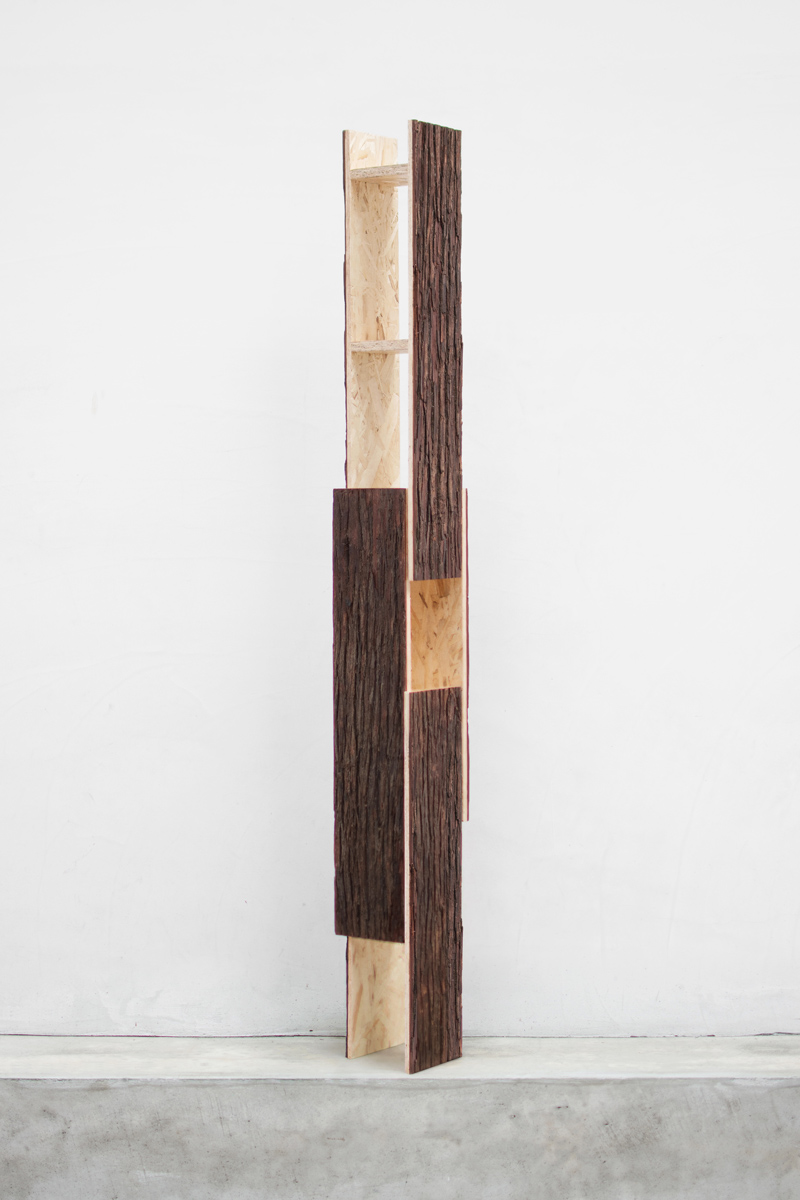
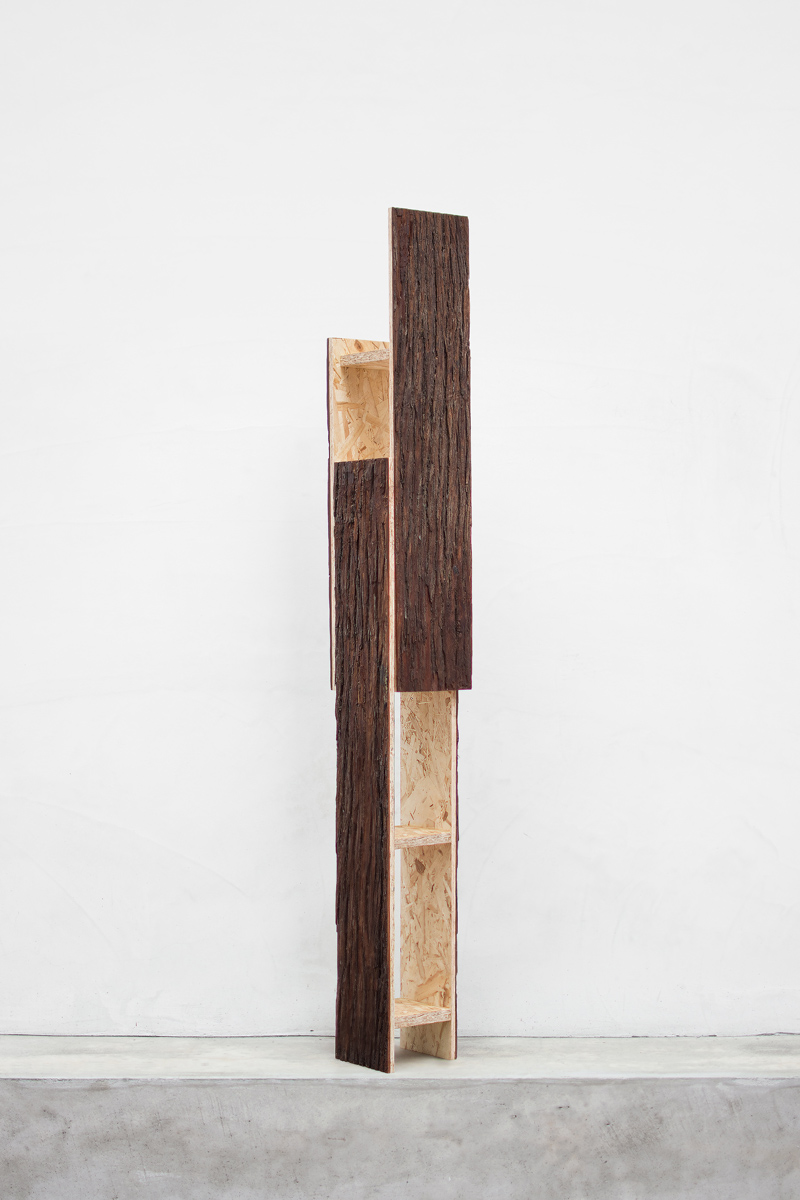
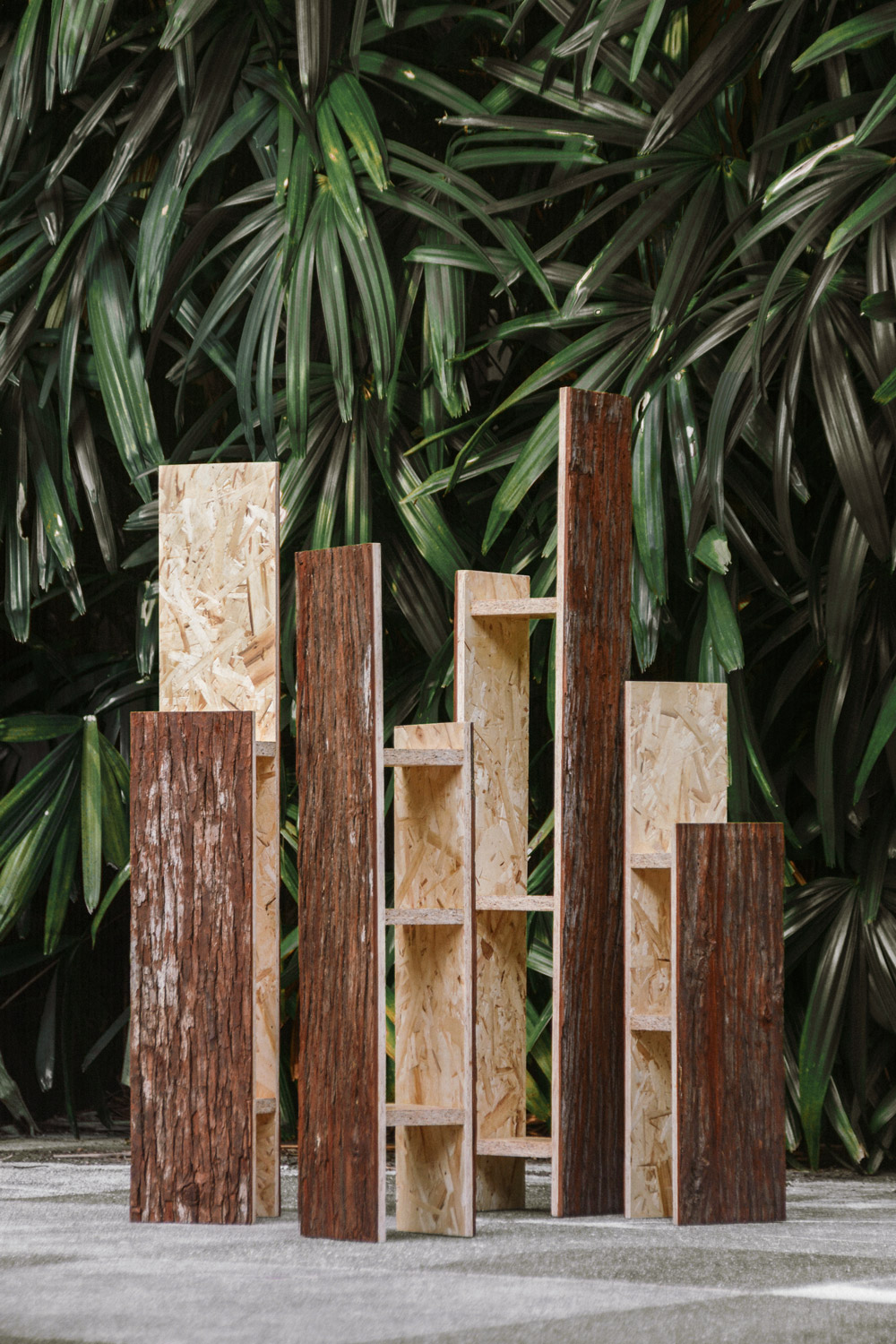
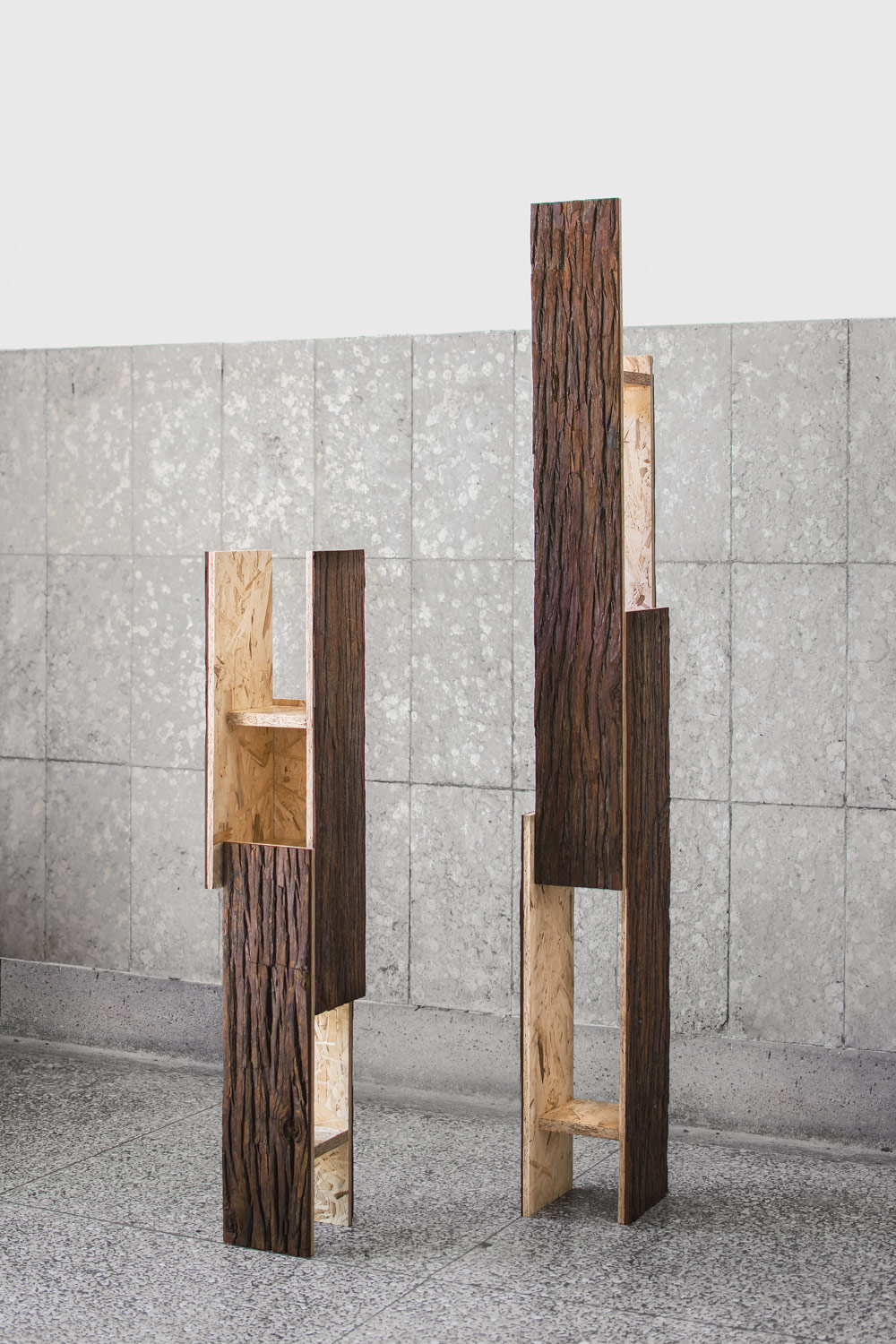
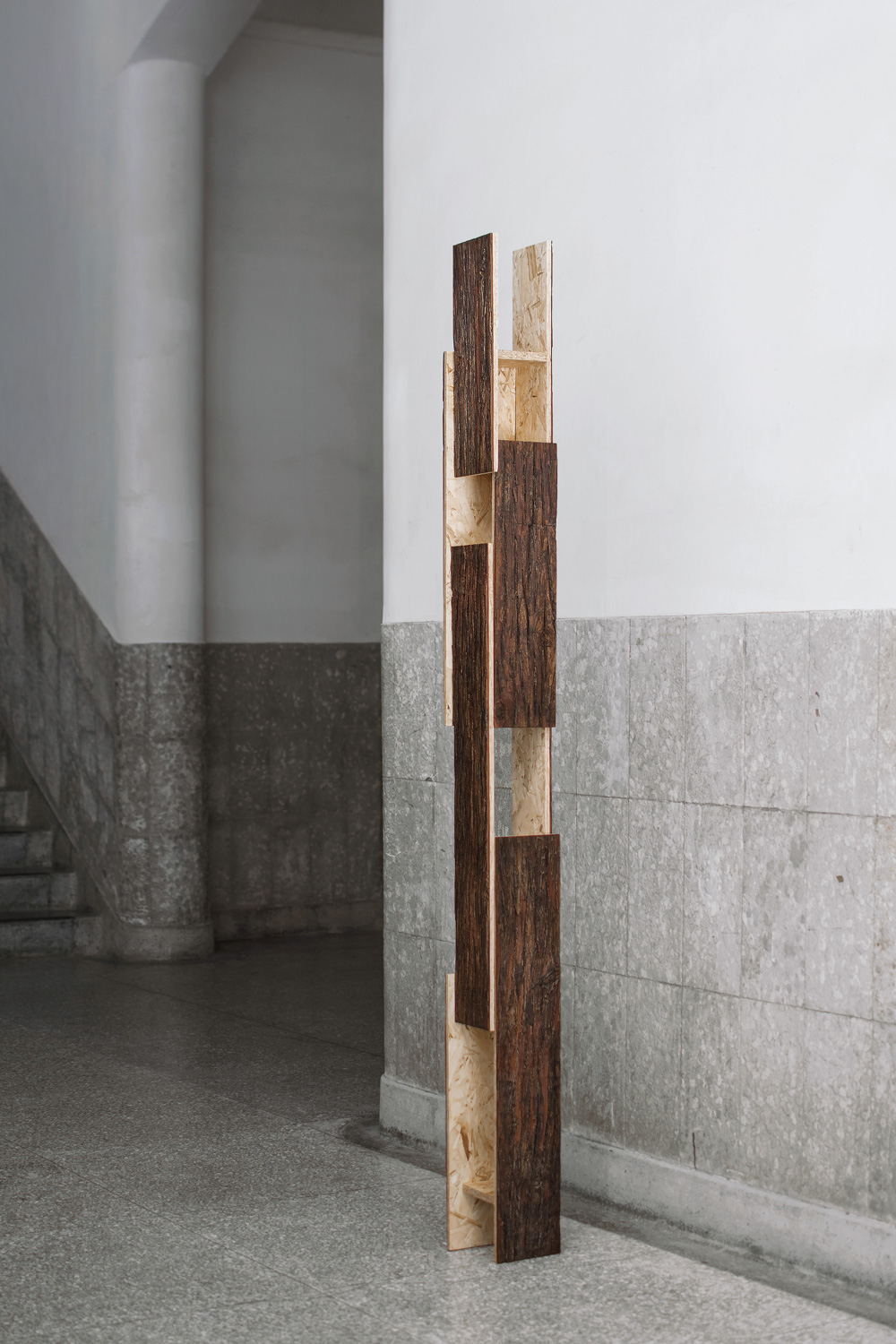
Floating Pattern explores expressions for the softened and flattened tree bark. Being treated with a continuous process of drying, refining, leveling and compressing, pieces of Japanese Cedar bark were then bound together with thin oriented strand boards to form the composite material.
All bark materials used in this project are taken from industrial waste of the wood sawmill. Before the sawing, logs are peeled through high-pressure water jets to remove the rough surface, which facilitates subsequent processing. Without commercial value, the fallen bark is normally regarded as waste and is incinerated. Working on such material that is commonly undervalued, this research project intends to bring the bark back to its original context as wood and make the potential visible.
Hence, irregular profile of bark is taken out of its raw state ─ from an originally circular arc and turned to a rigid, rectangular shape in contrast, leading people to perceive an interval between natural and artificial aspects before being confronted with the realization of how the material could be as to the principle of how it was created.
Composed of four geometrical parts units in varying yet precise dimensions, the modular design allows textured bark planks stagger in a random rhythm. All the natural textures merge into a slender tower structure up to 2 meters that represents the image of a tree. Playing between the void and the closed spaces, the result is free from definite patterns.
Photo: Yuchi Guo
Floating Pattern 深入發掘樹皮面材之可塑性。取材柳杉,經過陰乾、軟化、除去雜質、修整等工序,最終與普遍裝潢材料定向纖維板壓製膠合,構成新型態木材。
所有樹皮材料取自木料製材廠的產業廢料。柳杉原木在鋸切為板材前,均需經由高壓水柱噴射,除去不規則表皮,以利後續加工。脫落之樹皮往往作為廢材,因不具商業價值而受焚燒處理。Floating Pattern 應用如此材料為主軸,期望將樹皮帶回其原生脈絡,重現姿態。
經處理過後的柳杉樹皮質地被完整留下,不規則的圓弧輪廓轉變為俐落筆直的四方平面,並採用模組化結構,由四件尺寸相異而規格精確的單元組成。自下而上堆疊時,樹皮紋理恍若自由漂浮,錯落疊起兩米高的塔型,彷彿一棵樹木直立;矩形線條譜出幾何隱喻,其自然性皆由人為體現。
Floating Pattern 藉木料的重新組合,讓人們在理解材料本身、及物件是如何形成之前,隱約意識到自然與人工的朦朧邊界。
